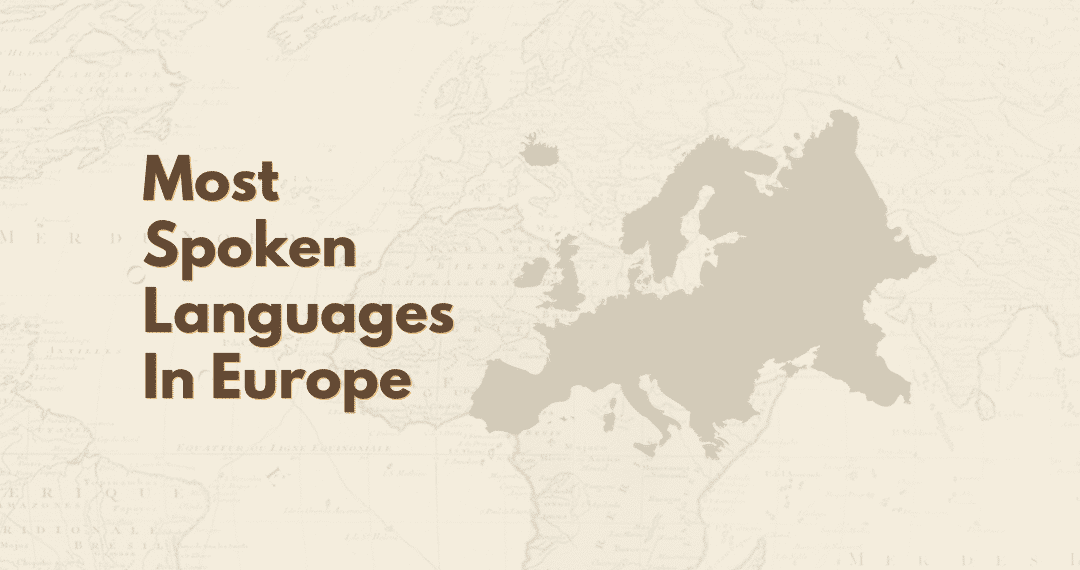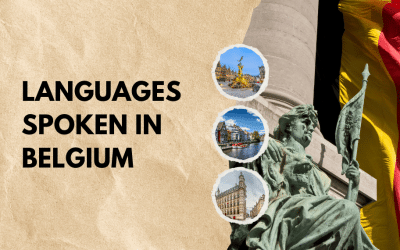Europe is a continent celebrated for its remarkable linguistic diversity. With over 200 languages spoken in Europe, It is home to an astonishing array of languages and dialects, representing its countries’ rich cultures and histories.
From Romance languages like French, Spanish, and Italian to Germanic tongues such as German and English, and the lesser-known regional languages like Basque, Sorbian, or Sami, Europe’s linguistic landscape showcases the continent’s complex and multifaceted heritage.
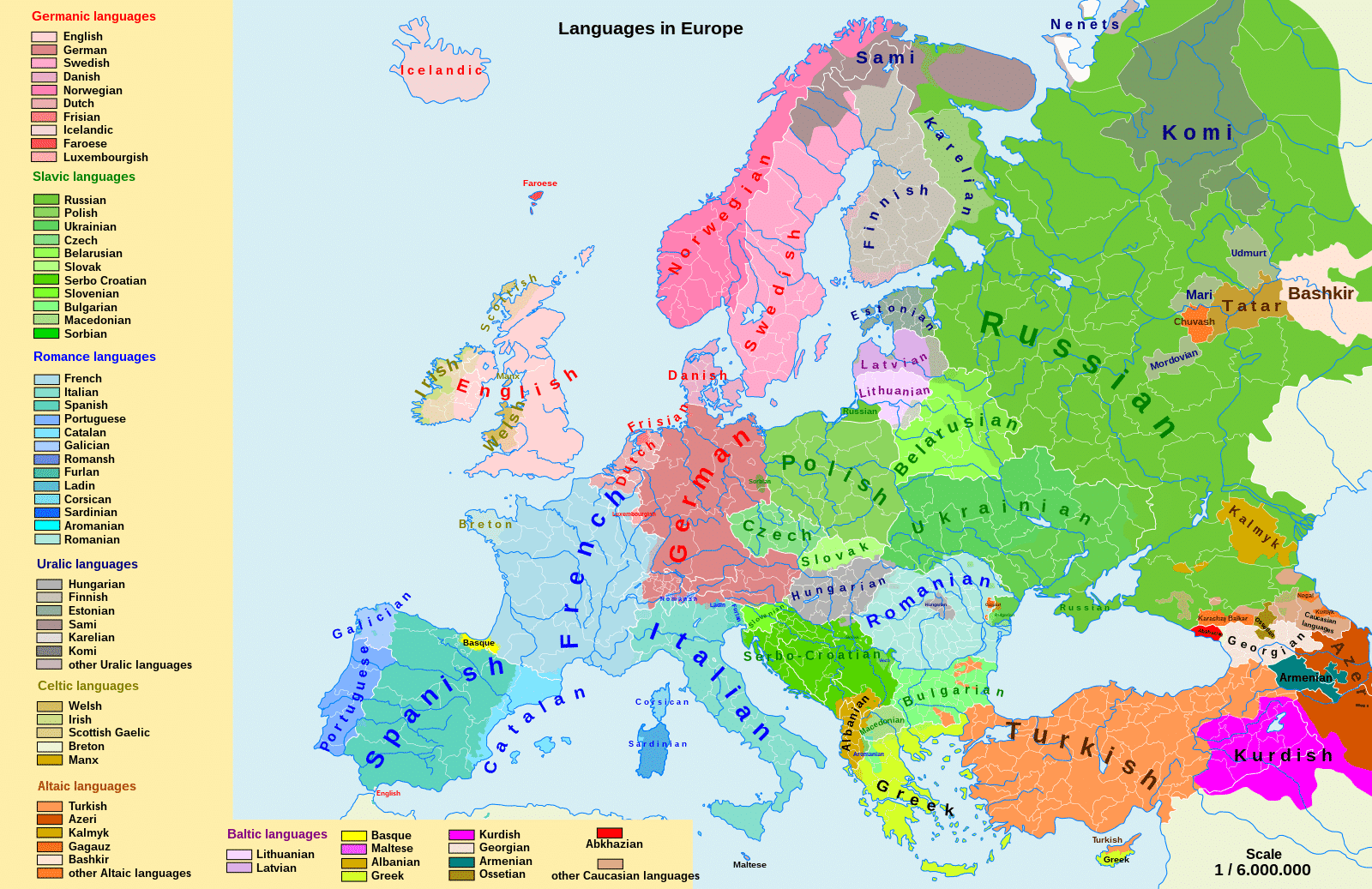
What’s more, the European Union (EU) is vital to the progress of intercultural and linguistic communication on the continent. With 27 European member states, the Union officially recognizes 24 languages as its official languages.
This commitment to linguistic diversity reflects the EU’s dedication to cultural inclusivity and multilingualism in its operations and communication.
This linguistic diversity not only reflects the historical, cultural, and geographical aspects of the region but also fosters a vibrant interplay of communication and identity between the different nations and linguistic groups on the continent.
But which are the most spoken languages in Europe?
If you don’t know the answer to that question, keep reading, because in the following blog, we will present to you the top 10 most spoken languages in Europe!
Are You Looking For Translation Services In European Languages?
Milestone helps you seamlessly translate content & localize your website, products, and services for more reach, better conversions, and greater sales.
Top 10 Languages Spoken In Europe
10. Dutch
Dutch is a West Germanic language. It is primarily spoken in the Netherlands and Belgium, where it serves as an official language.
In the Netherlands, Dutch is the only official language and is spoken by the vast majority of the population, or about 17 million. In Belgium, Dutch is one of the country’s official languages, alongside French and German, and has 6.5 million speakers.
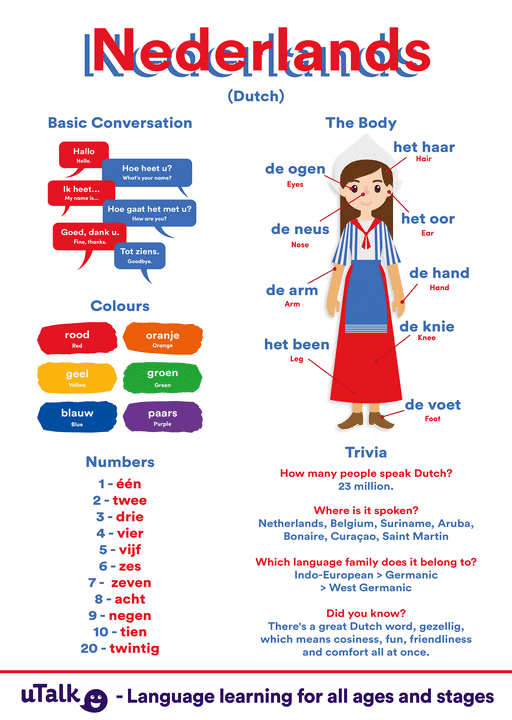
The Dutch language is also spoken in smaller communities in neighboring countries, such as Germany and France.
With its origins dating back centuries, Dutch holds a significant place in Europe’s linguistic diversity. What’s more, Dutch one of the languages of Europe that is known for its contributions to art, science, and trade.
9. Romanian
Romanian is a Romance language with its roots in Latin and is primarily spoken in Romania, where it serves as the official language. It is also one of the official languages of the Republic of Moldova.
There are approximately 25 million Romanian speakers in Europe. The majority reside in Romania and the Republic of Moldova, with significant diaspora communities in countries such as Italy, Spain, Germany, and the United Kingdom.
The Romanian language is also recognized as a minority language in parts of Serbia, Hungary, Ukraine, and Bulgaria, due to these countries’ historical, cultural, and linguistic ties.
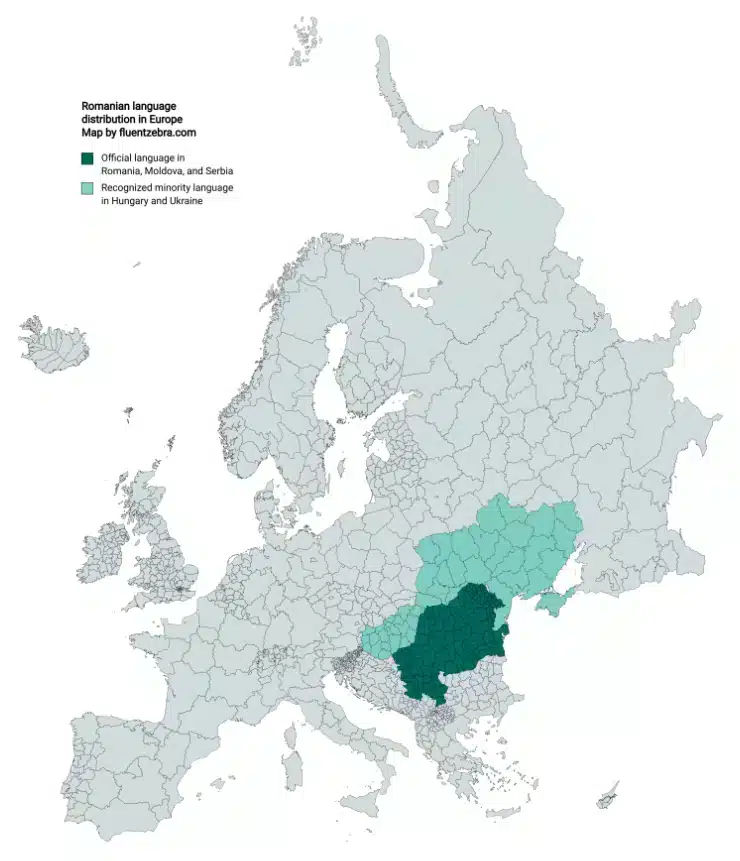
Among the most spoken languages in Europe, Romanian holds a unique position due to its Latin roots and its widespread presence in Eastern Europe.
8. Ukrainian
Ukrainian is an East Slavic language that is predominantly spoken in Ukraine. Interestingly, Ukrainian uses the Cyrillic alphabet.
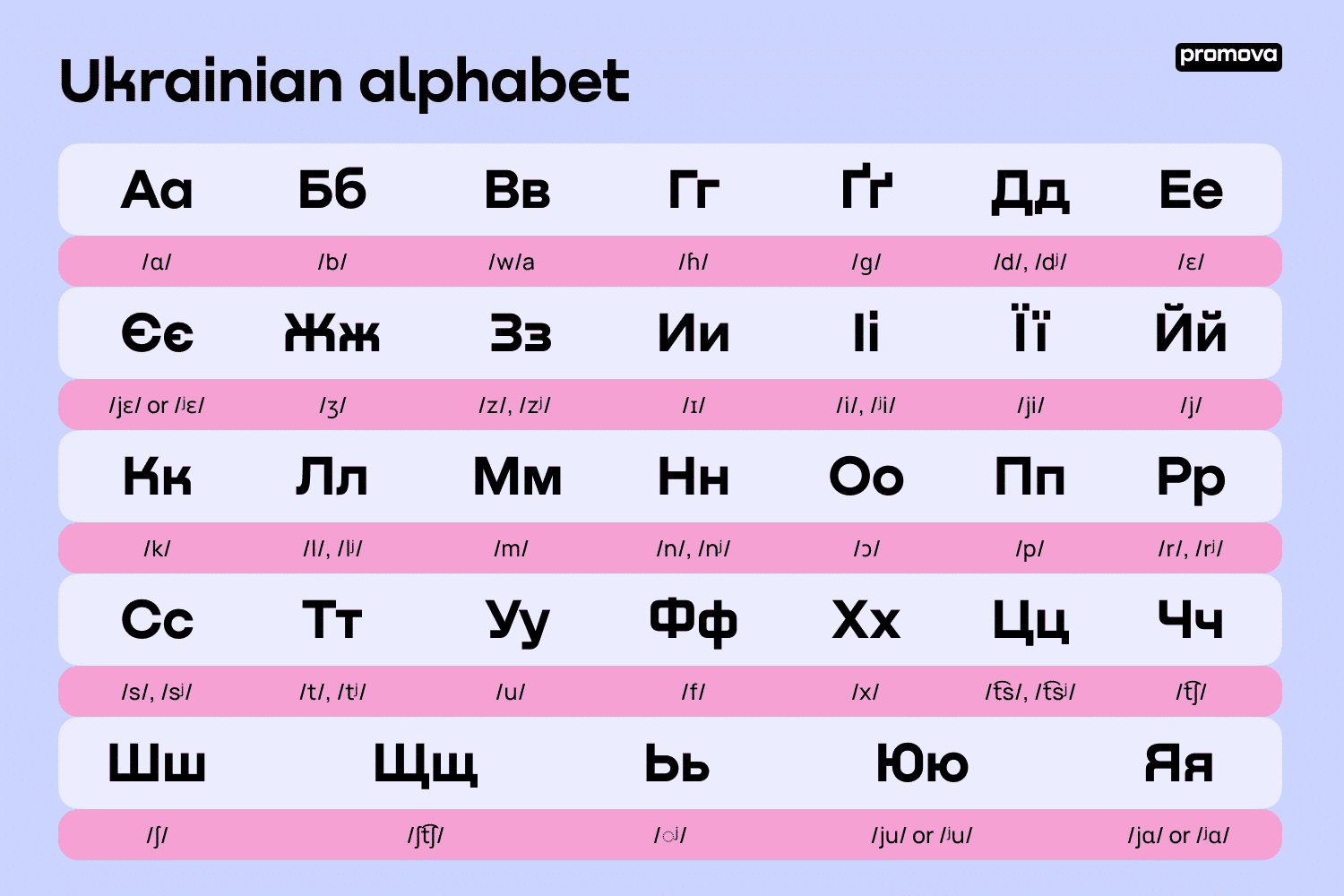
Since 1991, Ukrainian has been Ukraine’s official language. Indeed, with its rich literary tradition and cultural heritage, Ukrainian has played a pivotal role in shaping the national identity of Ukraine.
There were approximately 37 million Ukrainian speakers in Ukraine. In the world, there are about 45 million native Ukrainian speakers.
Additionally, Ukrainian is spoken by Ukrainian diaspora communities in several other countries, especially in neighboring countries like Russia, Belarus, Moldova, and Poland.
7. Polish
Polish is a West Slavic language and serves as the official language of Poland, where it is spoken by the vast majority of the population.
In Poland, virtually the entire population is proficient in Polish, making it the most widely spoken language in the country.
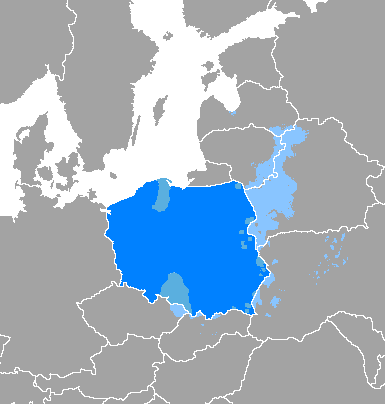
There are about 50 million Polish speakers in the world, with around 40 million located in Poland. Polish is widely spoken by Polish communities in various countries, particularly in the United States, the United Kingdom, and other European nations.
6. Spanish
In Europe, Spanish is primarily spoken in Spain, where it is the official language and the mother tongue of the majority of the population, or about 48 million people.
In Europe, there are also smaller communities of Spanish speakers in countries like the United Kingdom, Germany, and France, often due to migration.
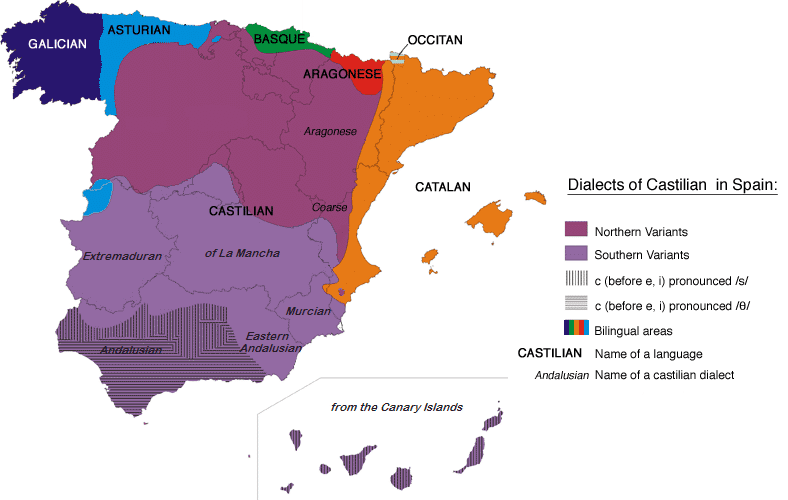
Interestingly, Spanish’s presence and influence are more prominent outside of Europe. It is one of the most widely spoken languages in the world, with significant numbers of speakers in Latin America, the United States, and the Philippines.
Spanish is not only one of the most spoken languages in Europe but also a global language with a significant presence in Latin America and beyond.
Connect With Your European Customers In Their Native Languages
Milestone helps you seamlessly translate content & localize your website, products, and services for more reach, better conversions, and greater sales.
5. Italian
Italian is primarily spoken in Italy, where it is the official language. It is also one of the official languages in Switzerland, particularly in the Italian-speaking region of Ticino and some parts of Graubünden.
Additionally, Italian is widely spoken in countries such as France, Germany, and Belgium, where there are large Italian communities.
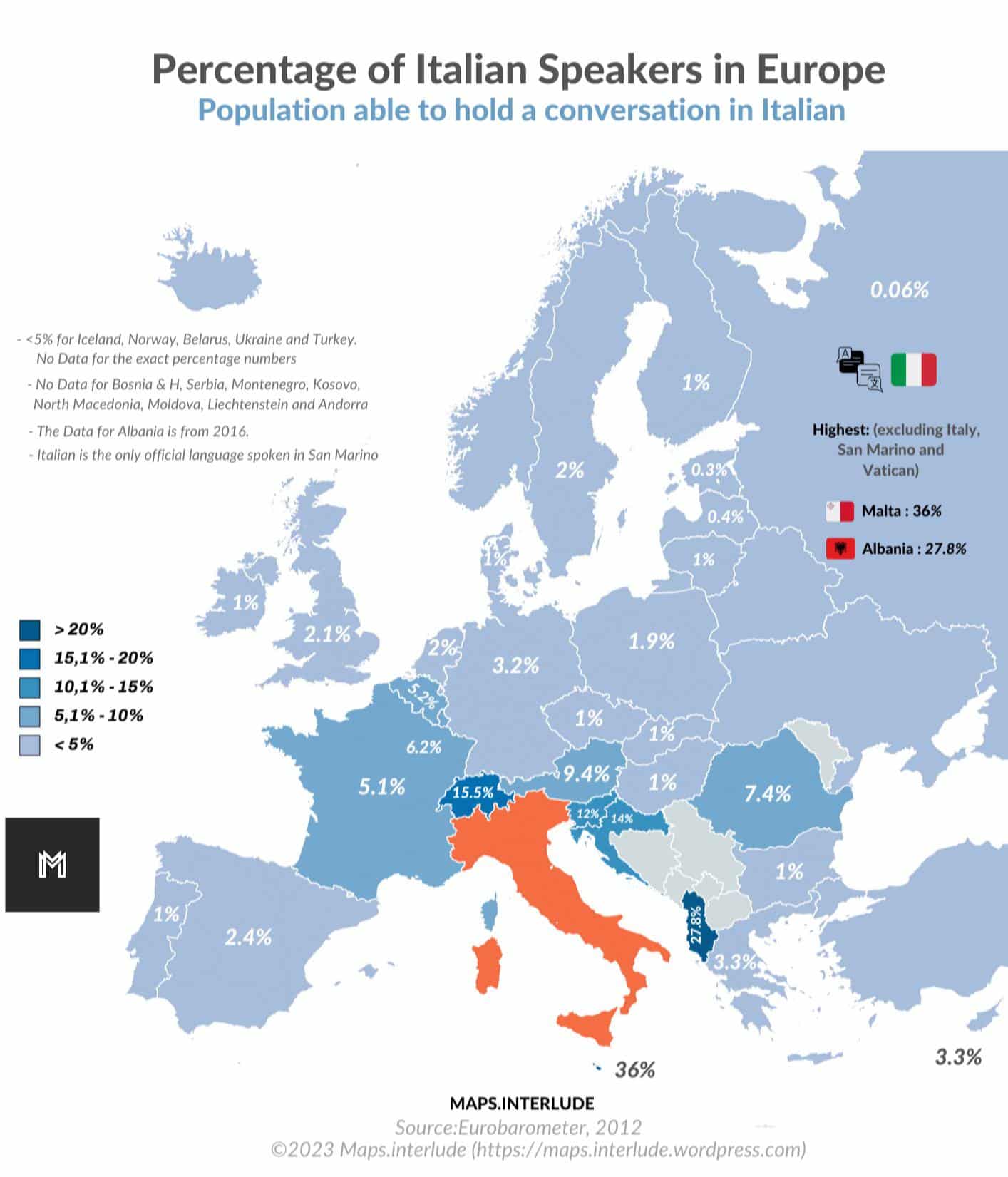
In Europe, there are 67 million Italian speakers in total.
Given its historical, cultural, and geographical connections to the continent, Italian’s influence and presence in Europe are more significant than in many other regions outside of Europe, although the majority of the Italian speakers are situated only in Italy.
4. French
The French language holds a significant place in European culture and history.
France, the largest French-speaking country in Europe, is home to 63.6 million French speakers.
French is the official language of France and several other European countries, including Belgium, Luxembourg, and Switzerland. French is also spoken in parts of Italy, Germany, and the Netherlands.
In Europe alone, there are approximately 77 million French speakers. French is the second most spoken language in Europe, after German, in the European Union.
Still, keep in mind that French is widely spoken outside of Europe as well. Canada, Haiti, French Guiana, Lebanon, and the Democratic Republic of Congo are just a few examples.
According to statistics, there are up to 300 million French speakers worldwide.
Traditionally, French has been regarded as a language of diplomacy and culture in Europe. It has a strong presence in international organizations such as the European Union, the United Nations, etc. Regarding culture, French literature, philosophy, and art have had a profound influence on European intellectual and cultural history.
3. English
English is among the most spoken Europen languages, with varying degrees of proficiency across different countries.
It is the official language in the United Kingdom and Ireland with roughly 60 million native English speakers living in these countries.
In Northern Europe, such as in the Nordic countries and the Netherlands, English proficiency is high. There, English is commonly used for business, education, and tourism.
In many other European countries, including Belgium, Eastern Europe, the Balkans, the Baltic states, and parts of Southern Europe, English is taught in schools and spoken by a significant portion of the population, particularly among younger generations.
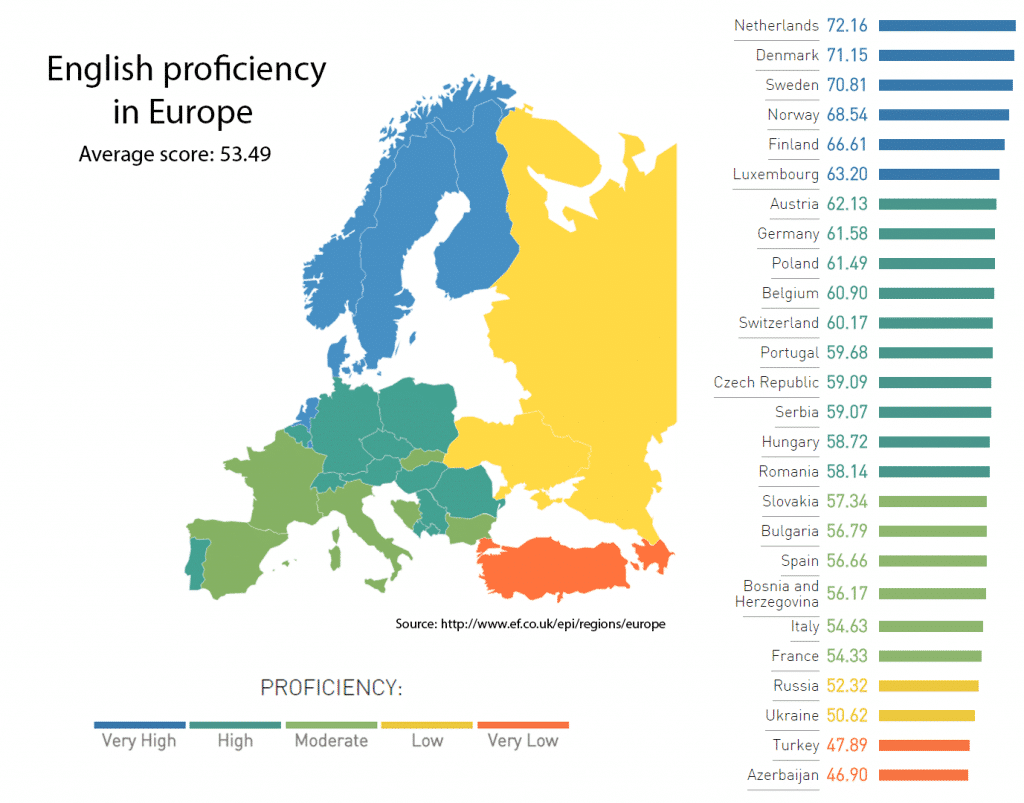
2. German
German is the second most spoken language in Europe, with the majority of its native speakers residing in Germany, Austria, and Switzerland, where it also serves as an official language.
German is also an official language in Luxembourg and Liechtenstein, and it is widely used among the German-speaking communities of Belgium and the Italian region of South Tyrol.
There are about 95 million German native speakers in Europe. What’s more, there are approximately 80 million L2 German speakers.
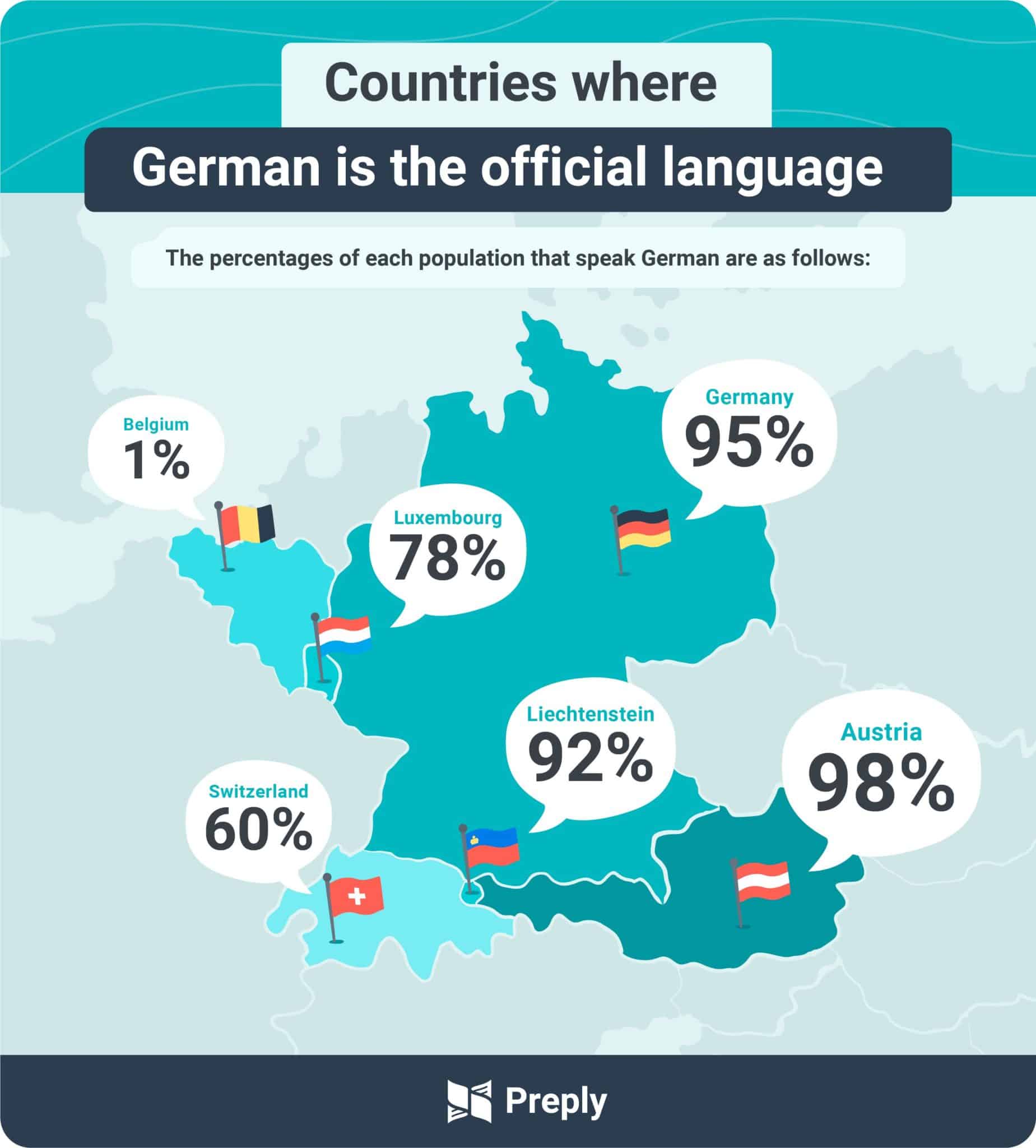
Indeed, German is widely taught as a second language in European schools, making it valuable for international business and communication in Europe.
What’s more, countries like Germany and Austria have a long history of migration, which continues to be a significant factor in spreading the German language.
A good command of the German language plays a vital role in the integration of migrants into German society. German proficiency enables newcomers to easily access education and employment opportunities which in turn results in more and more people learning the German language.
In addition, German-speaking countries, especially Germany, Austria, and Switzerland, represent a significant economic powerhouse in Europe.
Germany, as the largest economy in the European Union, is a global manufacturing and export leader. Austria and Switzerland, on the other hand, are known for their highly developed financial and banking sectors.
Thus, the German language is essential for anyone who wants to actively participate in the European and global economy.
1. Russian
Russian is most spoken language in Europe and it holds a notable place in Europe due to its vast geographical territory and its cultural and historical significance. There are approximately 118 million Russian speakers in the country, making it the most spoken language in Europe. It also serves as an official language.
Russian is widely spoken in former Soviet Republics, such as Ukraine (12 million Russian speakers), Belarus (6.5 million), and Uzbekistan (5 million).
In Eastern Europe, Russian has strong historical and linguistic ties due to the influence of the former Soviet Union and is widely spoken, primarily by the older generations.
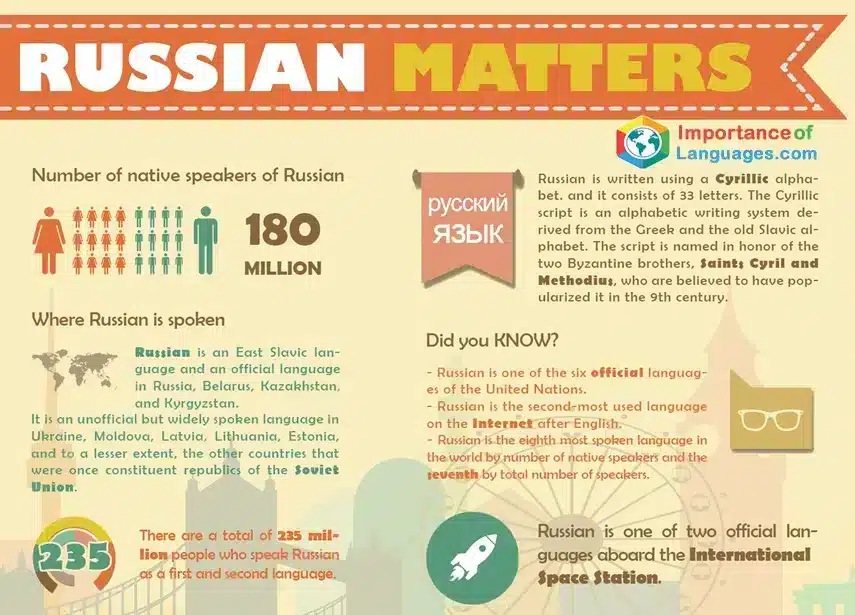
In the Baltic States, such as Latvia, Lithuania, and Estonia, there are Russian-speaking minority populations with about 900,000 speakers in total.
Amongst the European languages, Russian has had a significant influence on literature, art, and culture in Europe. Additionally, Russia remains important in former Soviet bloc countries in Eastern Europe. However, its importance varies widely, and its use as a lingua franca has diminished in the last few decades.
Conclusion
As the European continent continues to evolve, its languages remain vital to communication, cultural identity, and economic growth. This in turn underscores Europe’s enduring commitment to linguistic pluralism.
To preserve and further promote the continent’s linguistic variety, translation can serve as a crucial bridge, facilitating understanding and cooperation among Europe’s diverse linguistic communities.
Translation plays a vital role in Europe and the European Union (EU) due to the continent’s rich linguistic diversity. With the 24 languages of Europe, translation facilitates effective communication among member states, institutions, and citizens.
In other words, in Europe, translation fosters unity, understanding, and cooperation, enabling the EU and its member states to function as a cohesive and inclusive entity.
At the same time, translation is the best tool to continue to uphold the values of multilingualism and the cultural heritage of the old continent.
Also read: What Are The Most Spoken Languages in Eastern Europe?
Are You Looking For Translation Services In European Languages?
Milestone helps you seamlessly translate content & localize your website, products, and services for more reach, better conversions, and greater sales.

